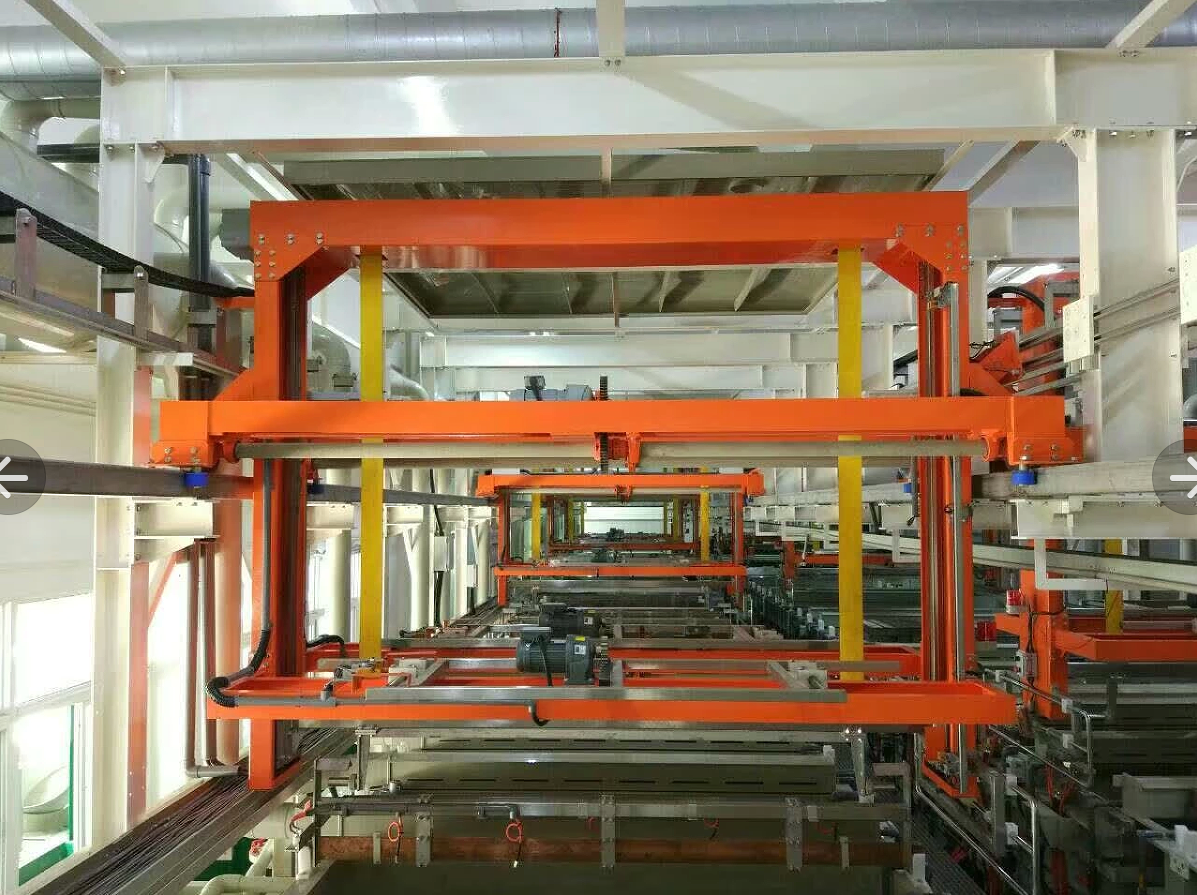1, Characteristics and Applications of Automotive PCB Board
1.1 Characteristics of Automotive PCB Board
Automotive PCB boards have the characteristics of vibration resistance, high temperature resistance, and corrosion resistance to adapt to the harsh environment in which automobiles are located; Its materials and manufacturing process require higher requirements to ensure the stability and reliability of the circuit board.
1.2 Application of Automotive PCB Board
Automotive PCB boards are widely used in automotive electronic products, such as car audio, navigation systems, electric vehicle charging stations, etc., to meet functional requirements such as vehicle control, information entertainment, and safety monitoring.
2, Characteristics and Applications of Communication Boards
2.1 Characteristics of Communication Board
The communication board pursues high-speed, high-frequency and other characteristics, with the characteristics of high-speed signal transmission and strong anti-interference ability to ensure the stability and reliability of communication equipment.
2.2 Application of Communication Board
Communication boards are widely used in communication devices, network devices, and other fields, such as mobile phones, routers, base stations, etc., to meet information transmission and communication needs.
3, The difference between automotive PCB board and communication board
3.1 Material Differences
Automotive PCB boards often use materials with high temperature resistance and compressive strength, such as FR-4 material; Communication boards often use materials with high frequency and high capacity, such as PTFE material.
3.2 Design Differences
Automotive PCB boards need to consider characteristics such as vibration resistance and high temperature resistance, and be designed to be more stable and sturdy; The communication board needs to consider high-speed signal transmission and anti-interference capabilities, with a greater emphasis on signal integrity and anti-interference in design.
3.3 Application Environment Differences
The application of automotive PCB boards in automotive environments requires the ability to adapt to harsh working environments such as high temperature, high humidity, vibration, etc; The application of communication boards in communication devices needs to meet the requirements of high-speed transmission and stability.
3.4 Differences in Use
Automotive PCB boards are mainly used in automotive electronic products to meet functional requirements such as vehicle control and information entertainment; The communication board is mainly used in communication devices to meet data transmission and communication needs.
There are significant differences between automotive PCB boards and communication boards in terms of materials, design, application environment, and usage. Automotive PCB boards are mainly suitable for harsh working environments in automobiles, with characteristics such as vibration resistance and high temperature resistance; Communication boards are mainly used for communication devices, pursuing high-speed, high-frequency and other characteristics. Understanding the characteristics and applications of these two types of boards helps to select suitable circuit boards in practical applications to meet specific needs.







 Jun. 13, 2022
Jun. 13, 2022 





